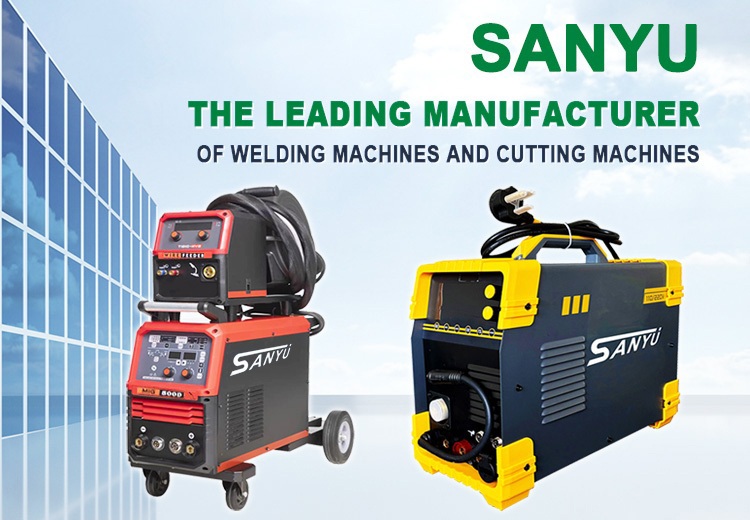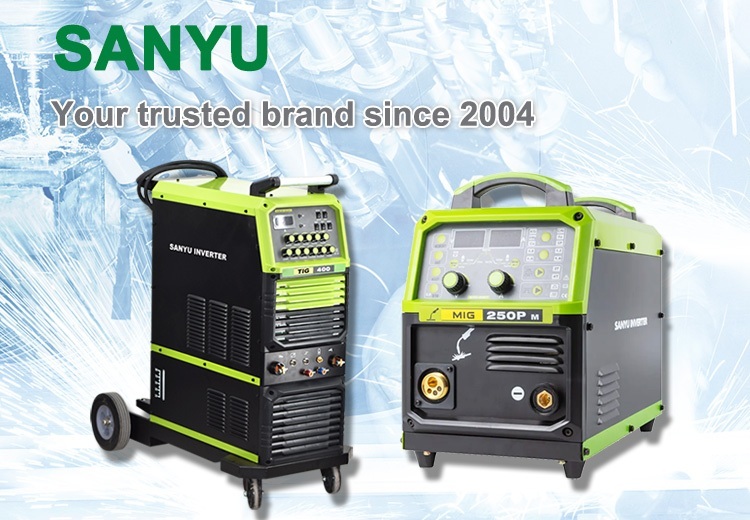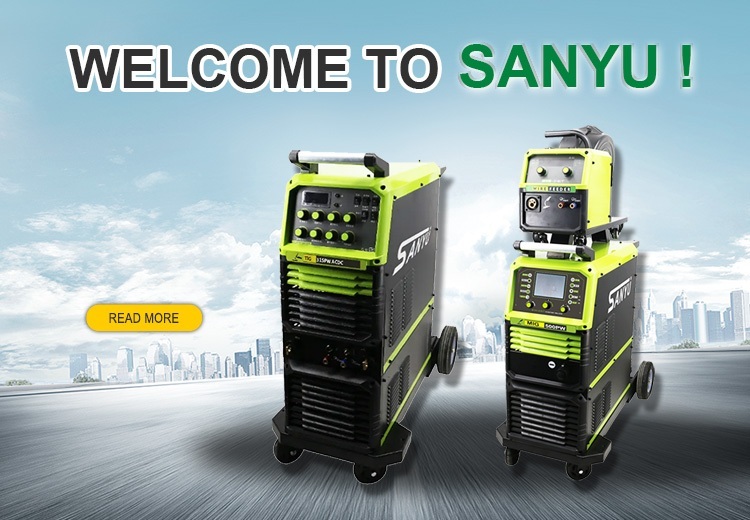Abstract: This article delves into the intricacies of soft starters, exploring their definition, working principles, various starting methods, advantages over traditional starting techniques, and extensive applications across industries. It aims to provide a comprehensive understanding of soft starters and their significance in modern motor control systems.
1. Introduction
Soft starters, also known as Soft Starters, are advanced motor control devices that offer a smooth and gradual start-up for electric motors. Unlike traditional starting methods, soft starters minimize the inrush current and mechanical stress on the motor and its load, leading to improved reliability and extended equipment life.
2. Definition and Basic Structure
A soft starter is an electronic device that controls the starting and stopping of electric motors. It is primarily composed of a three-phase anti-parallel thyristor connected in series between the power supply and the controlled motor, along with an electronic control circuit. By varying the conduction angle of the thyristors, the soft starter can gradually increase the voltage supplied to the motor, achieving a smooth start-up process.
3. Working Principle
The working principle of a soft starter is based on voltage ramping. When a motor is started using a soft starter, the output voltage is gradually increased from zero to the rated voltage of the motor. This gradual increase in voltage results in a controlled increase in the starting current, minimizing the inrush current and mechanical stress on the motor.
4. Starting Methods
Soft starters offer several starting methods to cater to different load requirements and application scenarios:
Ramp Start: The simplest method, where the voltage is increased linearly with time. However, it does not limit the current, potentially leading to high inrush currents.
Current Limit Start: The starting current is maintained at a pre-set limit until the motor reaches full speed. This method is widely used, especially for fan and pump loads.
Step Start: The voltage is increased in steps, providing a quick start-up.
Pulse Start: A brief high current pulse is applied initially, followed by a ramp start. This method is suitable for heavy loads with high static friction.
5. Advantages Over Traditional Starting Techniques
Soft starters offer several advantages over traditional starting methods such as direct on-line (DOL) starting, star-delta starting, and auto-transformers:
Reduced Inrush Current: Soft starters minimize the inrush current, reducing the impact on the power grid and other electrical equipment.
Smooth Start-up: The gradual increase in voltage ensures a smooth start-up, minimizing mechanical stress on the motor and its load.
Adjustable Parameters: The starting parameters can be adjusted based on the load characteristics, optimizing the start-up process.
Soft Stopping: Soft starters also offer a soft stopping function, gradually reducing the voltage to avoid torque shock during stopping.
Protection Features: Advanced soft starters come with various protection features such as overload protection, thermal protection, and phase loss protection.
6. Applications
Soft starters are widely used in various industries where smooth and controlled starting of motors is crucial. Some common applications include:
Pumps and Fans: In water treatment plants, HVAC systems, and industrial processes.
Conveyor Systems: In mining, material handling, and assembly lines.
Compressors: In refrigeration, air compression, and gas compression applications.
Crushers and Mills: In mining and quarrying operations.
7. Comparison with Variable Frequency Drives (VFDs)
While soft starters and variable frequency drives (VFDs) both control motor starting, they have distinct differences:
Speed Control: Soft starters only control the starting and stopping of motors. Once the motor reaches full speed, they switch to a bypass contactor. VFDs, on the other hand, can continuously control the speed and torque of the motor.
Cost: Soft starters are generally more affordable due to their simpler design and functionality. VFDs, with their more complex components, are typically more expensive.
Efficiency: Soft starters are highly efficient during the starting process, achieving up to 99.9% efficiency. VFDs, although less efficient during start-up, offer energy savings through speed control during operation.
8. Conclusion
Soft starters are indispensable in modern motor control systems, offering a smooth and controlled start-up for electric motors. Their ability to minimize inrush current and mechanical stress, coupled with adjustable parameters and protection features, makes them ideal for a wide range of applications. While VFDs offer additional speed control capabilities, soft starters remain a cost-effective and reliable solution for many motor starting requirements.
+86 13564535011
E-mail : alansunrise@sina.com
Add : No.723, Shangcheng Road No.800 Shanghai, China




